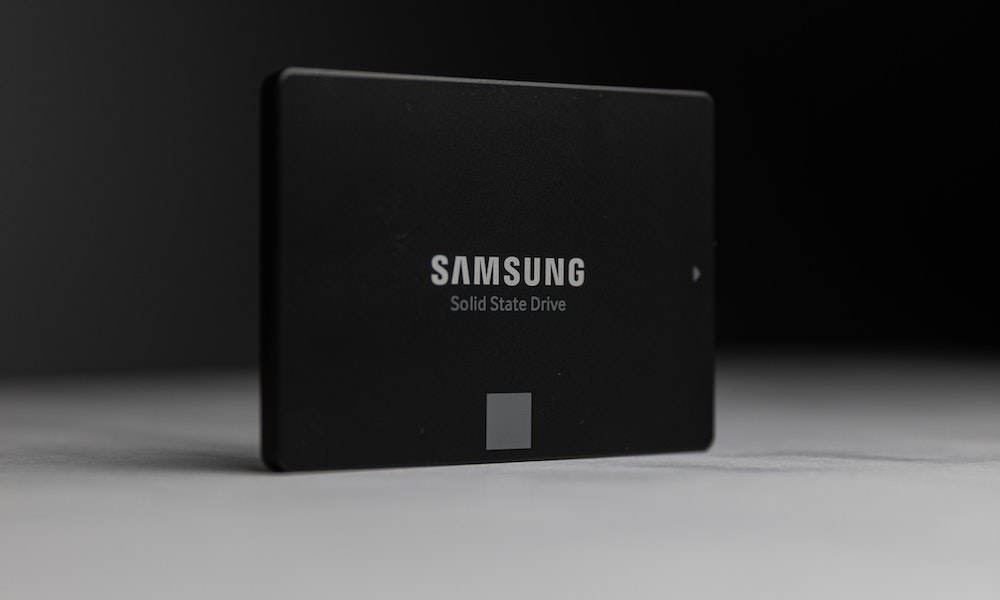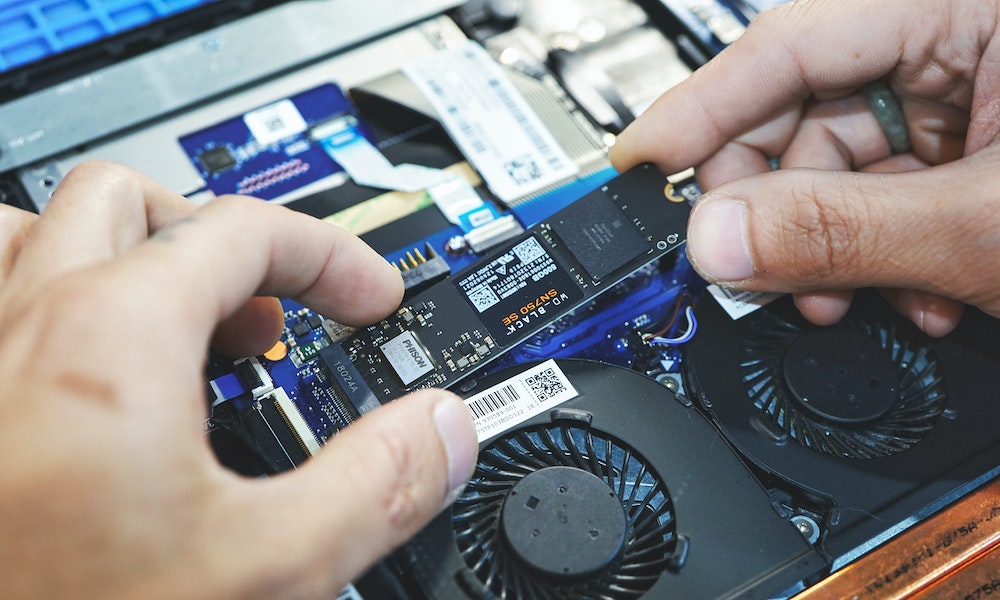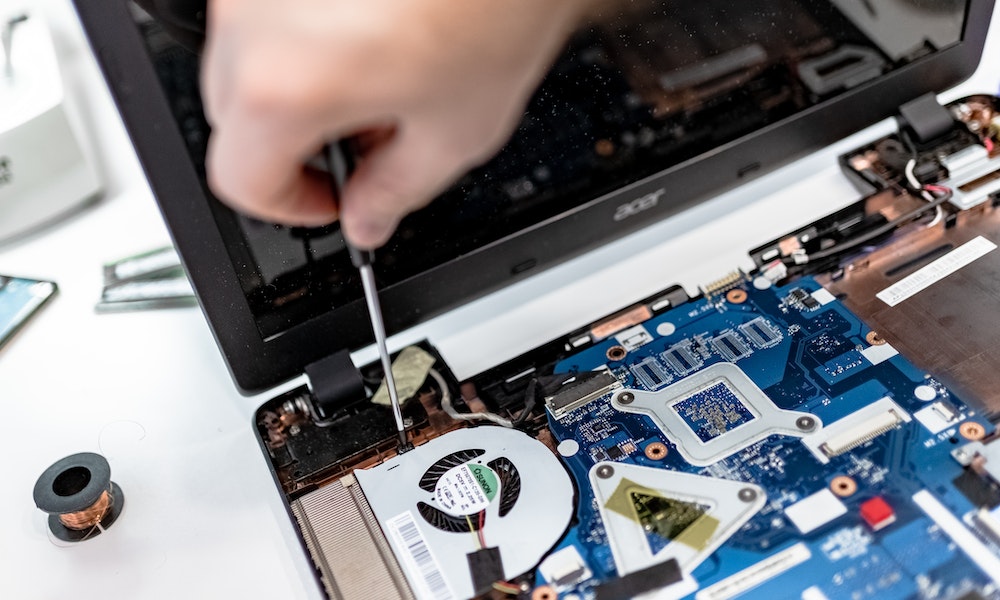See What SSD I Have, In today’s digital age, solid-state drives (SSDs) have become the preferred storage solution for many individuals and businesses due to their speed and reliability. Whether you’re looking to upgrade your existing SSD or simply want to gather information about the SSD in your computer, it’s important to know how to check what SSD you have. In this article, we will explore seven of the best ways to determine the type and specifications of your SSD.
SSDs offer significant advantages over traditional hard disk drives (HDDs) in terms of speed, durability, and power efficiency. Unlike HDDs, which use mechanical components to read and write data, SSDs rely on flash memory chips, making them faster and more reliable. If you’re unsure about the type or specifications of your SSD, don’t worry. We’ve got you covered with these seven effective methods to help you identify your SSD.
Read More: What is the Average Lifespan of SSD? 5 Best Points To Know.
Explore the Contents
Understanding SSDs
See What SSD I Have, Before we dive into the methods of identifying your SSD, let’s briefly discuss what an SSD is and the benefits it offers.

What is an SSD?
See What SSD I Have, A solid-state drive (SSD) is a storage device that uses NAND flash memory to store data persistently. Unlike traditional HDDs, which rely on spinning platters and read/write heads, SSDs have no moving parts, making them more resistant to physical damage and significantly faster in terms of data transfer rates.
Benefits of SSDs
SSDs offer several advantages over traditional HDDs, including:
- Faster boot times and improved system responsiveness.
- Reduced file access and load times.
- Enhanced durability and shock resistance.
- Silent operation due to the absence of moving parts.
- Lower power consumption and heat generation.
Now that we have a basic understanding of SSDs, let’s explore the various methods to determine what SSD you have based on your operating system.
Checking SSD Information on Windows
See What SSD I Have, If you’re a Windows user, there are several built-in methods to help you identify the SSD in your system.

Using Device Manager
One of the simplest ways to check your SSD information on Windows is by using the Device Manager utility. Here’s how you can do it:
- Press the Windows key + X and select “Device Manager” from the context menu.
- Expand the “Disk drives” category to view the list of installed drives.
- Look for your SSD in the list. The name and model number should be displayed.
Using Disk Management
See What SSD I Have, Another method to identify your SSD on Windows is through Disk Management. Follow these steps:
- Press the Windows key + X and select “Disk Management.”
- Locate your SSD in the list of drives Locate your SSD in the list of drives. It should be labeled as “Solid State Drive” or something similar. Note down the drive’s information, such as its capacity and assigned drive letter.
Using Command Prompt
For advanced users, the Command Prompt provides a powerful way to gather detailed information about your SSD. Follow these steps:
- Press the Windows key + R to open the Run dialog box.
- Type “cmd” and press Enter to open the Command Prompt.
- In the Command Prompt window, type the following command: wmic diskdrive get model,name,interfacetype,size
- Press Enter to execute the command. The Command Prompt will display information about your SSD, including its model, interface type, and size.
Checking SSD Information on Mac
See What SSD I Have, If you’re using a Mac, there are built-in tools that can help you identify your SSD.

Using About This Mac
The “About This Mac” feature provides a quick way to check your SSD information. Follow these steps:
- Click on the Apple menu in the top-left corner of your screen and select “About This Mac.”
- In the Overview tab, click on “System Report.”
- In the left sidebar, navigate to the “Hardware” section and click on “Storage.”
- On the right side, you’ll find information about your SSD, including its capacity, model, and connection type.
Using System Information
Another method to gather SSD information on a Mac is through the System Information utility. Here’s how you can access it:
- Click on the Apple menu and select “About This Mac.”
- In the Overview tab, click on “System Report.”
- In the left sidebar, under the “Hardware” section, click on “SATA/SATA Express.”
- Look for your SSD in the list. The model, capacity, and connection type will be displayed.
Checking SSD Information on Linux
See What SSD I Have, If you’re a Linux user, you can use command-line tools to retrieve information about your SSD.
Using Terminal Commands
Open the terminal and enter the following command:
Copy code
sudo fdisk -l
This command will display a list of all connected drives, including your SSD. Look for the drive with the appropriate size to identify your SSD.
Using Disk Utility
Some Linux distributions provide a graphical tool called “Disk Utility” that allows you to check drive information.
- Open the Disk Utility application.
- Locate your SSD in the list of drives. The name, capacity, and connection type will be displayed.
Using Third-Party Software
If you prefer a more user-friendly approach, you can use third-party software to identify your SSD.

Crystal Disk Info (Windows)
See What SSD I Have, Crystal Disk Info is a popular utility that provides detailed information about your SSD’s health and performance. Simply download and install Crystal Disk Info, and it will display comprehensive information about your SSD, including its model, interface, and temperature.
Smart mon tools (Windows, Mac, Linux)
Smart mon tools is a command-line utility that works on multiple operating systems. It allows you to monitor and gather information about your SSD. To use Smart mon tools, you need to install it and execute specific commands based on your operating system.
HWInfo (Windows)
See What SSD I Have, HWInfo is a powerful system information tool that provides detailed information about various components of your computer, including your SSD. Download and install HWInfo, and it will give you comprehensive details about your SSD, such as its model, capacity, and interface.
Read More: 7 Easy Ways to Format an SSD.
See What SSD I Have, Conclusion
Knowing what SSD you have in your computer is essential for various reasons, whether you’re planning to upgrade your storage or troubleshoot any issues. Gaining insights into your SSD’s specifications and model can help you make informed decisions and ensure compatibility with your system. In this article, we explored seven of the best ways to determine what SSD you have. We covered methods for Windows, Mac, and Linux operating systems, including built-in utilities like Device Manager, Disk Management, About This Mac, and System Information. We also discussed using command-line tools and third-party software such as CrystalDiskInfo, Smartmontools, and HWInfo.
By utilizing these methods, you can easily retrieve vital information about your SSD, such as its model, capacity, interface type, and health status. This knowledge can assist you in troubleshooting, upgrading, or optimizing your storage solution.
See What SSD I Have, Remember to regularly check your SSD’s health and performance, as well as stay up to date with firmware updates to ensure optimal functionality. If you encounter any issues or need further assistance, consult the manufacturer’s documentation or seek professional help.
In conclusion, identifying the type and specifications of your SSD is crucial for maintaining and optimizing your storage solution. The methods discussed in this article provide various ways to gather this information based on your operating system. Take advantage of these tools and resources to unlock the full potential of your SSD and ensure a smooth computing experience.
FAQs
- How do I know if my SSD is functioning properly?
- Look for signs of degradation in performance, such as slow read/write speeds or increased boot times. You can also use diagnostic tools like CrystalDiskInfo or run health checks provided by the manufacturer.
- Can I upgrade my SSD?
- Yes, in most cases, you can upgrade your SSD. However, compatibility with your system and physical space within your device may vary. Check your system’s specifications and consult the manufacturer’s guidelines before upgrading.
- What are the differences between SSD types?
- SSDs come in various types, including SATA SSDs, PCIe SSDs, and NVMe SSDs. These types differ in terms of interface, speed, and compatibility. Research your system’s capabilities and requirements before choosing the right SSD type.
- How long does an SSD typically last?
- The lifespan of an SSD depends on factors such as usage patterns, drive quality, and total bytes written (TBW) rating. On average, modern SSDs can last several years, often exceeding the lifespan of traditional HDDs.
- Are SSDs compatible with all computers?
- SSD compatibility varies based on the type of SSD and the system’s interface. While most modern computers support SSDs, older systems may require additional hardware or may not be compatible. Verify your system’s compatibility before purchasing an SSD.



